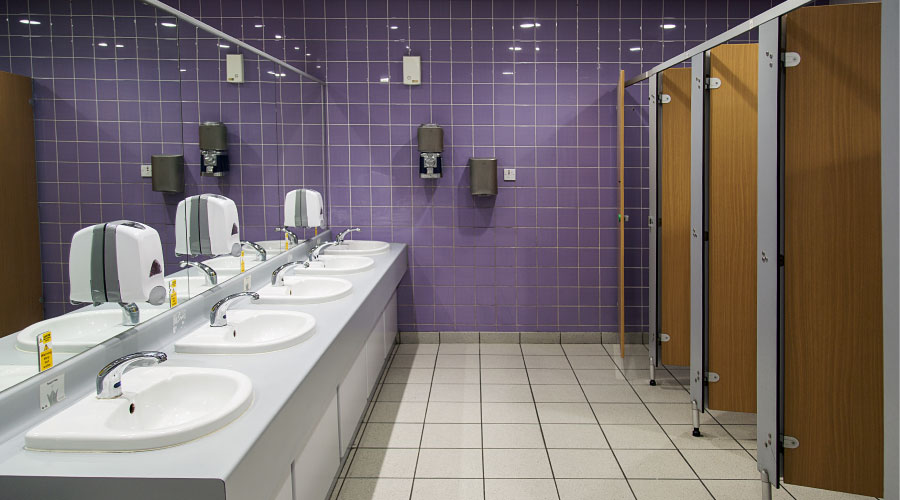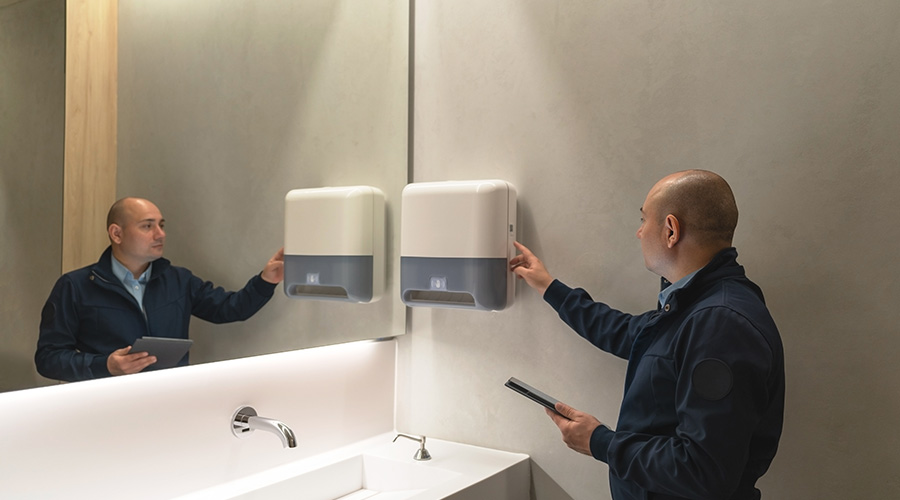Maintaining Restroom Dispensers To Ensure Reliable Performance
Dispensers of hand towels and toilet paper are essential — and heavily used — components of most restrooms in institutional and commercial facilities. When specifying these products, maintenance managers must carefully consider a range of issues, including the dispenser’s location, size, capacity, durability, accessibility and cost.
By understanding their product options and adhering to proven specification guidelines, managers stand a much greater chance of specifying a dispenser that will operate reliably and deliver long-term, cost-effective performance.
Performance Issues
Dispenser issues are as varied as the types of products they distribute — toilet tissue, toilet-seat covers, soap, towels, sanitary products, hand-drying air, and deodorizers. Performance issues fall into several general categories: Dispensers are missing, or they are empty. They are broken, soiled or unsanitary, or they do not comply with accessibility guidelines under the Americans with Disabilities Act (ADA).
The problem with a dispenser might be small or large, but if a maintenance technician does not fix it immediately, the dispenser invariably will stop working completely as user frustration sets in following unsuccessful attempts to get it to operate properly.
One issue users commonly complain about involves dispensers that simply do not dispense. Specifically, rolls often do not turn at all or are so hard to turn the user gets only a square of paper or a torn part of a square. Also, air dryers do not turn on, leaving the user with no way to dry wet hands.
Another common issue involves sanitation. Obvious smudges and stains around a dispenser or overflowing waste containers leave users questioning whether the building owner cares enough to maintain sanitary conditions. Sometimes, this situation results in water faucets left on and toilets not flushed because users try to avoid touching fixtures and dispensers.
The problem has led to some surprising solutions. For example, some schools have instructed teachers to hand out a standard number of paper products to students on their way to the restroom to avoid problems with empty dispensers, as well as clogged toilets.
To prevent such problems, managers and front-line workers need to ensure dispensers do not run out of products so users face an empty dispenser. If left unresolved, the problem can snowball into serious vandalism.
Related Topics:














